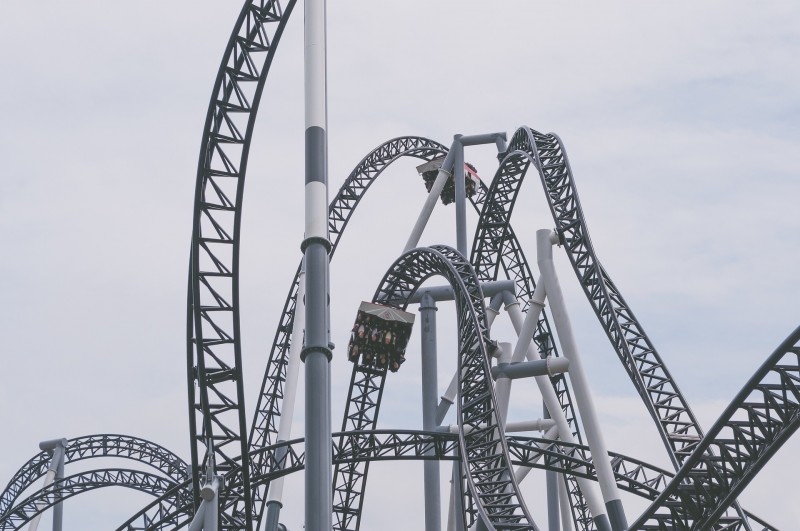Popular Posts
Volatility is the relative movement of the price of an investment higher or lower compared to other investments or to an investment index.
Investments such as stocks and bonds are priced daily, even minute to minute, by the markets. Investors and short-term traders bid the price higher or lower based on their collective expectation of future growth and, by extension, future demand for shares in those investments.
Volatility is a way of describing how much that price can vary in a period of time. Some investments are extremely volatile, rising and falling by significant percentage values during a single trading day. Others are not volatile at all, maintaining nearly the same price for days or weeks.

Generally speaking, the less volatile investments make up for that slow change in price by paying interest or dividend income to the investment’s owner. The more volatile investments often do not pay an income but usually hit a higher average price as the weeks and months pass.
Some of them do not. Volatility can signify instability, too, resulting in bankruptcy and an investment value that declines permanently.
When people consider which investments to own, often they say they like the idea of buying something deemed “low risk.” Nevertheless, they want their investments to appreciate in price in a reasonable period of time so that they can sell the investment for a profit.
Investors thus confuse volatility and risk. They believe that an investment that changes in price dramatically is risky while one that steadily rises, albeit slowly, is not risky.
The opposite can be true. For instance, a typical U.S. stock might be quite volatile day-to-day but represent a significant opportunity to profit if one is willing to ignore the trading action and steadily reinvest.
Meanwhile, the U.S. government bond market has been a reliable long-term investment for many years and very much not volatile — if you discount the occasional hair-raising crash.
These two investment types are by far the most common, and they are geared to different factors in the economy. The stock holding is based on the idea of a growing economy, while the bond investment is tied to the interest rate.
The economy is tough to figure out. The fortunes of any one company can be affected by myriad factors, for instance the cost of credit, labor supply, raw materials expenses, competition and consumer demand.
The interest rate, meanwhile, is managed by the U.S. Federal Reserve. It can be baffling to guess what the Fed might do next and why, but it definitely moves more slowly and methodically than the inner workings of a for-profit corporation.
If the economy slows, stocks will react quickly and perhaps strongly to the change. The bond market might react later on, in response to a Fed policy decision taken only after a long deliberation and usually in small, incremental steps.
The result is that stocks are, broadly speaking, more likely to change price and by wider margins than bonds. They are more volatile.
Over a period of decades, however, you are likely to find that the stock investment has grown more than the bond investment, despite the volatility.
So which is the bigger risk? If your goal is to grow your savings faster than inflation, the bond market is a greater risk to your plan than the stock market.
Likewise, if your goal is to protect your savings from loss and to generate a reliable income, the stock market is the greater risk.
A portfolio of stocks and bonds offers a chance to generate growth while riding the brake on risk as you get nearer to that second goal of creating income in retirement.